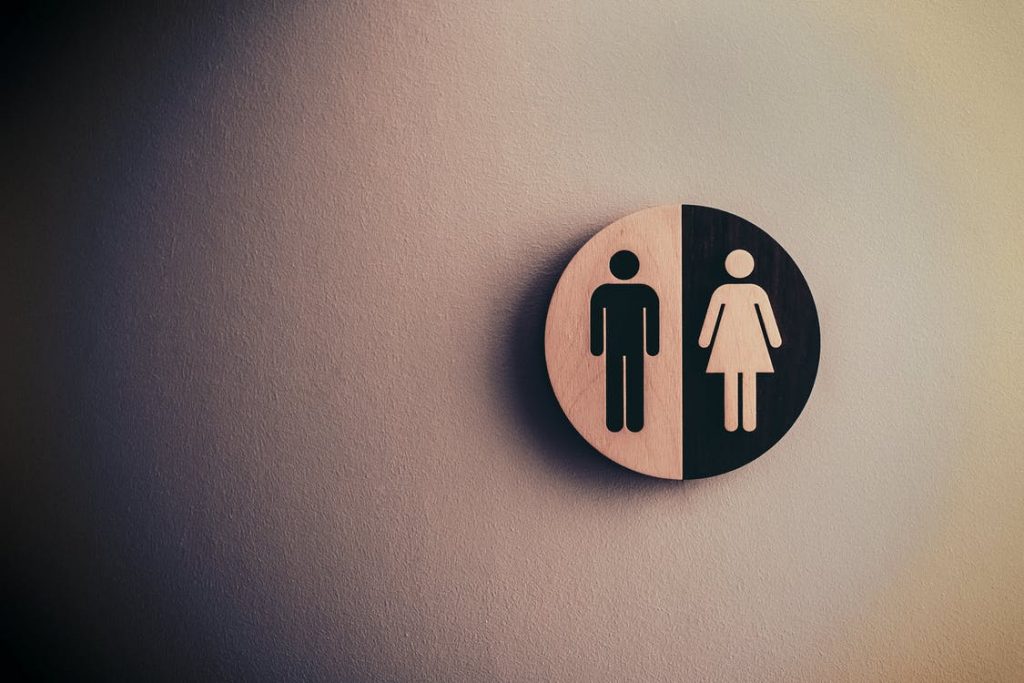How did Elon Musk grow his hair back? 6 Options
If you are currently reading this article, you’ve probably noticed that Elon’s hair has changed quite a lot and looks

Double standards occur when groups that should be held to the same measure are treated or regarded differently. This happens in a variety of circumstances, but often occurs when there is an unbalanced power dynamic, or an opportunity for favoritism. One way that double standards can manifest is between women and men. These double standards may begin in early childhood and can last lifetimes. They can occur in social settings, education, work, fashion, and economically. Consider the following nine examples.
The gender wage gap is the difference between what men and women earn and are paid. There are many factors that contribute to the gender wage gap including but not limited to: access to education, occupational segregation, direct pay discrimination, bias against working mothers, racial bias, disability, and ageism. It is also important to note that different groups of women experience different gaps in pay.
According to the American Association of University Women (AAUW), a group that promotes equity and education for women and girls, the gender pay gap occurs across nearly all occupations and industries. The gap itself, when looking at median earnings, is about 18 cents per dollar. Meaning that for every dollar a male makes, a woman makes 82 cents. When considering racial bias, the percentages change. The following figures from AAUW are women’s percentages of men’s salaries broken down by race:
The gap of women in leadership roles is closely related to the gender wage gap. It is not that there are no qualified women to fill leadership roles; in fact, women are more present in the workforce now, than ever. It is more a matter of barriers and bias of the status of women in leadership. Negative stereotypes, hostile work environments, and bias are the true culprits and obstacles that women face when seeking leadership positions. Often women are battling gender roles, status quo, and stereotypes to embrace caretaking, supportive, and emotional roles.
Gender inequality is also present in the gap in women’s leadership and political positions. In 2019, women only represent 24% of Congress, 24% of the House, and 23% of the Senate, while almost 51% of the U.S. population are women.
Traits and characteristics associated with leadership can fall into stereotypically masculine traits such as assertiveness, ambition, and competitiveness. Feminine stereotypical traits tend to lean towards attributes such as communication, collaboration, and caretaking. These biases place women seeking leadership roles into an assertiveness double-bind that can result in a backlash against a woman who behaves assertively.
Studies show that assertive behavior in the workplace can be a double-edged sword for women at work. Women who display assertive behavior may face the social penalty of being seen in a negative light. Likewise, studies on displays and expressions of emotion and anger in the workplace can disproportionately affect women. It was found that both male and female evaluators perceived angry woman professionals as a lower status than angry male professionals, regardless of the actual occupational rank. It was also found that women’s emotional reactions were attributed to internal and personal characteristics, as opposed to men’s emotional reaction attributions to circumstance.
Ideas of masculinity and femininity are rooted in rigid societal constructs and norms that can manifest behaviors and identities in individuals. Gender identity is a deeply held feeling of being male, female, both, or other. These constructs can be skewed into excessive and repressive definitions that result in extremes, such as toxic masculinity.
Toxic masculinity equates “being a man” with aggression, status, and sexual conquests. The pursuance and abundance of sexual encounters can be viewed as a positive trait when assuming the cultural gendered behavior of men. However, women are commonly seen in a negative light for promiscuity.
Notions of insecurities differ between gender identities and roles. The cultural ideal of “manliness” as defined by strength, and the categorization of emotions as feminine or “weak” can cause repressions and insecurity about emotional reactions. As a result, men may become insecure about expressing themselves. Women are often more insecure or concerned with physical attractiveness, as their looks can be more consequential for them.
The cultural ideas of masculinity and femininity also include notions of how one is supposed to act and feel emotionally. The cultural idea of manhood values strength and represses emotions and insecurities as they are considered a form of weakness. As opposed to women, where femininity is often painted in emotional vulnerability or supportive roles. These views of gender traits are often reinforced in the media with near-impossible standards and stereotypes in which people are portrayed. These impossible standards create myths around distorted reality, depicting and reinforcing traditional roles and normalizing violence against women.
How bodies are portrayed in the media affects both men and women alike. Celebrities, influencer culture, and impossible standards of super-slim women, or muscle-bound men, have shaped body image and the satisfaction people have with their appearance. These standards are built from basic human instincts seeking sexually mature partners, youth indicators such as thick hair, stereotypical body shapes, or facial hair. This can lead to insecurities about female pattern baldness, male pattern baldness, unhealthy insecurities about “the perfect body shape”, or social media trends that can lead to unhealthy food obsessions. Ageism also culturally affects both genders differently, as women must stay highly focused on youthful looks with effort in make
Generally, women are more likely to be expected to take care of children and perform housekeeping duties than men are. The double standard is exceptionally strong in single-parent families. Perceptions of single-parent mothers are drastically different from single-parent fathers, who are often seen as exceptional parents for their involvement with their child. Studies on the double standards of praise and criticism of mothers and fathers also show that mothers reported higher levels of criticism than fathers did for too little involvement at home, as well as too much involvement at work. On the other hand, fathers reported being criticized more than mothers for too much involvement at home, and little involvement in work.
The social standard of a woman changing her last name in marriage is an old construct that has a history in ownership — in marriage, a wife was said to become one with her husband. This “coverture” prevented women from entering into contracts, participating in business, or exercising ownership over real estate or property.
In recent years, women are keeping their maiden names more often — about 30%. This deviation from the patriarchal marital traditions accompanies many social changes, such as women achieving higher education and entering the workforce, as well as the prevalence of same-sex couple marriages. Yet still, women face the question of whether they should change their name at marriage from the social expectation that nuclear families should share one last name. The female role is expected to be communal and sacrifice their individual interest to the well-being of the family. This directly causes a double standard of equity socially, as well as internally, as women continue to face the rebirthing of their self and identity.
If you are currently reading this article, you’ve probably noticed that Elon’s hair has changed quite a lot and looks

How Does Swimming Affect Your Body? Individuals swim for a variety of reasons including recreation, competition, and health. Regardless of

Lifestyle Tips For Better Overall Health The way you go about your daily life has a massive and direct impact

How Do Infections Work and What Are Their Effects on the Body? From Hippocrates’s writings about the spread of disease

How To Make a Good Impression in a Job Interview When it comes to getting a job, interviewing may seem